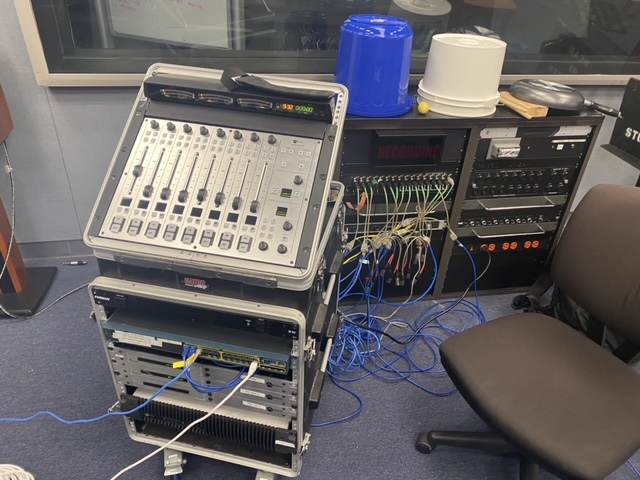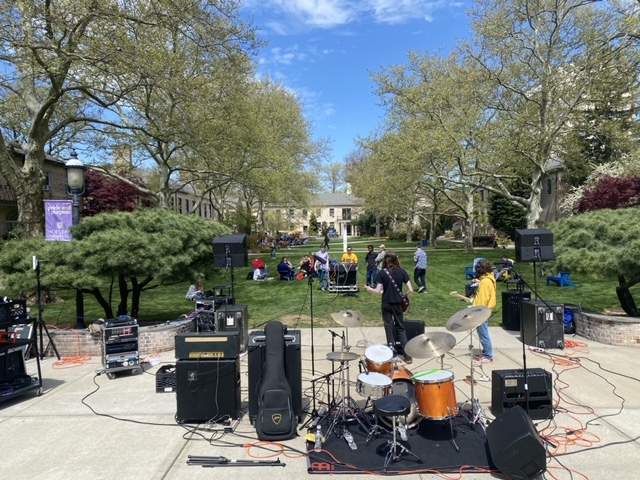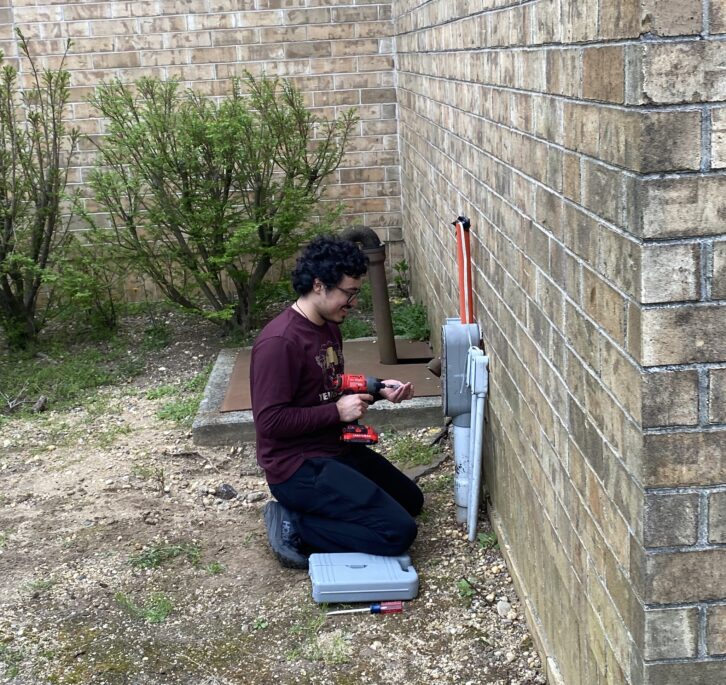World
Don’t Throw Away Your Old Hardware Just Yet – Radio World

The author is a senior WRHU audio/radio student at Hofstra University’s Lawrence Herbert School of Communication.
Audio and radio technology continues to evolve at an astonishing rate, leaving technicians and engineers to adapt to new equipment and attempt to retrofit legacy equipment for modern applications. As audio transitions from physical cable runs to audio over IP, analog equipment moves toward obsolescence.
However, AoIP networks still require physical infrastructure and incorporate analog principles. I realized that as an aspiring broadcast engineer, I would need to develop a better understanding of how AoIP systems are built and deployed.
With help and equipment donated by Telos Alliance and the Salem Radio Network, along with the guidance of my academic advisor Dr. Andrew Gladding, chief engineer for WRHU Radio Hofstra University, I decided to design and build an AoIP system using legacy broadcast hardware as a way to expand my knowledge of the subject.
Two-month project
As a high school freshman, I fell in love with audio engineering when I saw my first audio rack. A 10-channel analog mixer, a graphic equalizer and two amps were all it took to make me want to dive in and start twisting knobs and pushing buttons.
Analog equipment first enticed me into the craft, and its widespread accessibility helped me quickly hone my skills. The lessons I learned from using analog equipment as a young engineer have served me well, and as I now look forward to my professional career, I wanted to be able to offer future students the same opportunity.
For this reason, I designed an independent study for my spring semester that would accomplish this goal. The task was to use legacy Telos Axia hardware, specifically generation one analog and microphone nodes, to create a wireless audio over IP network from scratch.
While this equipment may be somewhat outdated for many commercial applications, the fundamentals it reflects are still beneficial, and it acts as a great piece of intro hardware for future students. Additionally, I felt that having experience with the Telos Livewire infrastructure would be a major asset for my professional skill set.
Using six IP-configured Telos Axia blades, a QOR frame, Cisco switches and wireless 1-Gig wireless point-to-point system, this equipment laid the blueprint for a makeshift, over-the-air AoIP network that we intended to use for a pop-up outdoor concert on Hofstra University’s campus. The build process for the network began in late February 2024, and the concert date was in late April, so I had two months to build, design and troubleshoot this system in preparation for a live band multi-mix.

The project required me to arrive an hour before class every week to develop and build the system. Throughout the build process, I encountered several snags, such as the mixing console initially not fitting correctly in the rack mounts and the network having issues handling heavy multicast traffic payloads with stability and reliability. But with some ingenuity, research and trial and error, we overcame the technical obstacles associated with this project.
There were still daunting physical obstacles to overcome. For example, the wireless links for the blades in the stage box and the static rack were tested effectively in a controlled environment during the build process. During the test phase in the shop, the two links were about half a foot apart, while in the practical environment, they would be some 500 feet apart, and the signal would have to circumnavigate a building blocking its path across campus.
Additionally, the Cat-6 cable necessary for our wireless transmitter had to be snaked from inside the heart of WRHU’s mainframe through the ceiling conduit and then outdoors through an underground pipe to its position on the WRHU STL mast outside the Lawrence Herbert School of Communication. This work, some of it done in the rain, was painful and exhausting but imperative to the system’s success.

After multiple tests involving carrying the 40-pound stage box across campus and endless hours of troubleshooting collisions between multichannel PCM audio packets, the two ends of the system were locked and seemingly ready for the big test.
Show time
On April 24, my focus shifted from the AoIP infrastructure to the live mix infrastructure for the outdoor concert. Dr. Gladding and other class members got the system in position for its secondary mix transmission while I built the 5,000-watt front of house system on the campus quad. The main static rack of the system would live in a studio inside the Herbert School and feed into a secondary broadcast mix while the stage box received physical inputs from a snake split 500 feet away.
When 1 p.m. came, the concert began and crystal clear audio was received in the studio in real time, down to the two-track output for broadcast over the FM, proving this project a success. The system has shown its efficacy and will serve WRHU and its infrastructure as a learning tool and a means of wireless production.

This project was about using legacy equipment in a modern context and challenging the prevailing thinking in contemporary audio. Nowadays, audio engineering is often seen as a digital practice, whether it’s AoIP or DAWs to create and transport content. However, it’s crucial to understand that all these digital practices are built on analog operations, and a solid grasp of digital audio starts with understanding analog principles and basic signal flow.
On a personal level, this project marks my first foray into creating the infrastructure of an AoIP network, a skill that will undoubtedly serve me in the future when dealing with MADI or DANTE-configured spaces. This was a successful exercise in repurposing yesterday’s technology for tomorrow. The results were a personally fulfilling learning experience. This journey of personal and academic growth would not have been possible without the invaluable collaboration between Dr. Gladding, Telos Alliance and Salem Radio Network.








